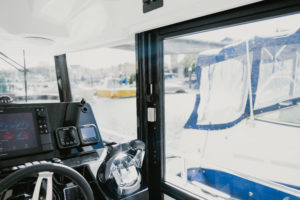VIDEO: Ocean Cleanup returns home triumphant with unusual plastic debris haul
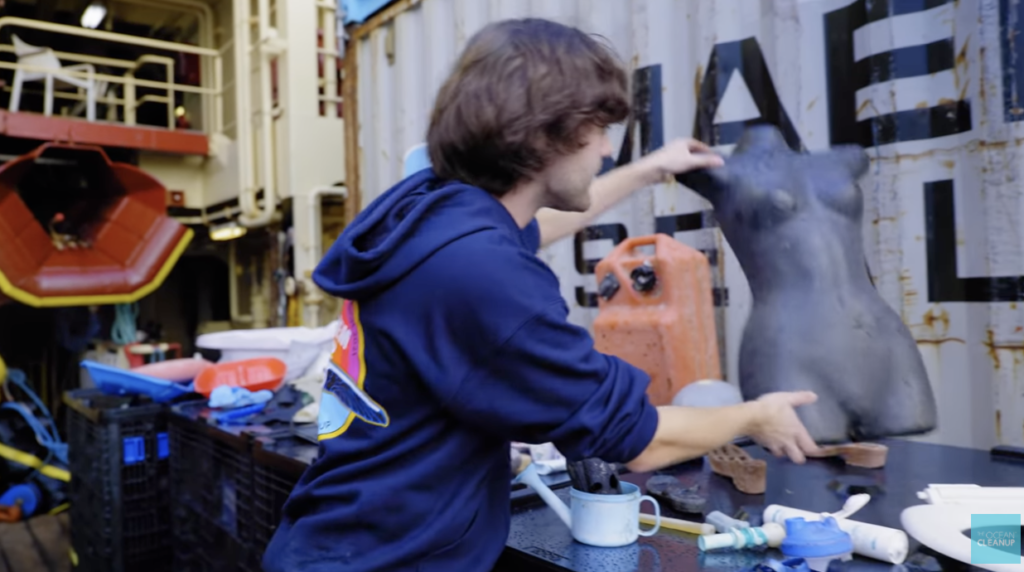
Environmental campaign the Ocean Cleanup has completed its trial of its sweeping ocean cleaning system and collected the most debris from the Pacific Ocean Garbage patch. The final trails were completed in early October, with large hauls of plastic waste being cleaned from the ocean.
While on the mission, the organisation collected a lot of unusual debris and rigid plastics from the ocean, including mannequins, snow sleds, snow shovels and toilet seats. Watch founder and CEO of The Ocean Cleanup, Boyan Slat give a tour of some of the strangest objects that the organisation recovered:
The non-profit organisation returned to Victoria Harbour on 20 October and could officially announced that after the successful completion of System 002 test campaign, it has achieved proof of technology and are ready to return to the Great Pacific Garbage Patch and start the cleanup.
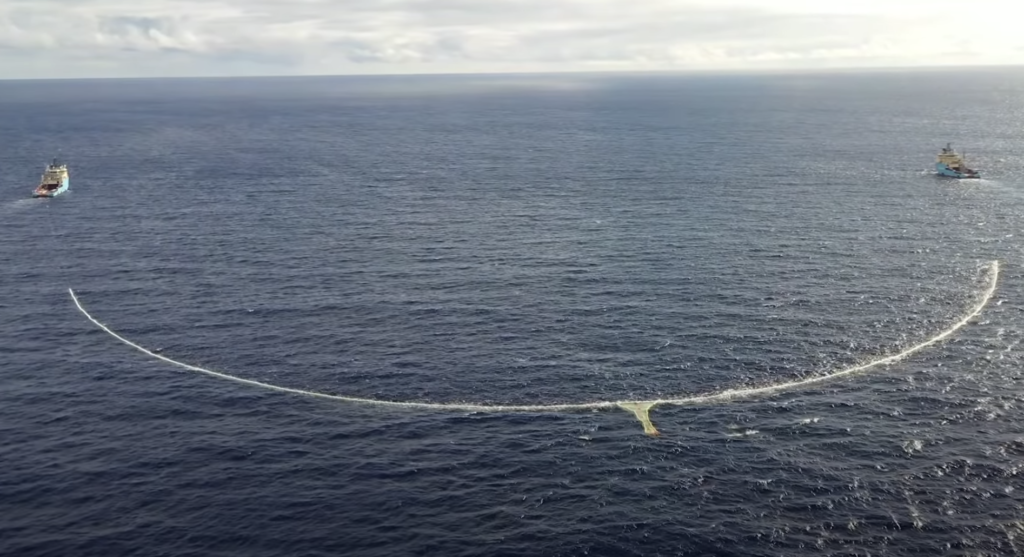
In September the Ocean Cleanup had its most successful trial yet.
Eight years after its founding and three years since launching its first cleanup system, the organisation has effectively harvested plastic with a scalable ocean cleanup design. Now the Ocean Cleanup has ended its testing campaigns in the gyre, shifting its focus to cleanup.
Slat says: “Getting here was not always easy, but we remained focused on our mission and its necessity. While it’s just the tip of the iceberg, these kilograms are the most important ones we will ever collect, because they are proof that cleanup is possible. We still have a lot of things to iron out, but one thing we know now is that, with a small fleet of these systems, we can clean this up.”
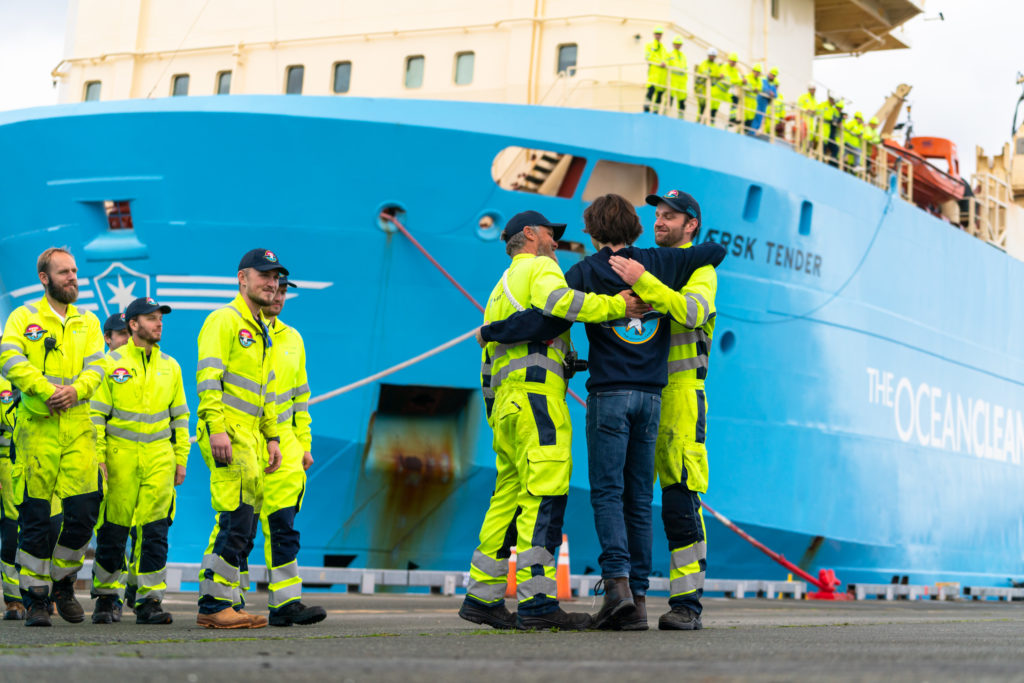
“Today, I am most proud of the team and supporters for their dedication and perseverance that brought us to this moment,” says Slat.
The Ocean Cleanup is working towards a fleet of systems capable of eradicating the Great Pacific Garbage Patch. With System 002, also known as Jenny, it has successfully achieved this confirmation by repeatedly harvesting plastic, from tiny debris fragments to immense ghost nets. From nine test extractions, the organisation collected a total of 28,659kg (63,182 pounds) of plastic from the ocean, of which 9,014kg (19,872 pounds) was removed in a single haul. To authenticate claims of origin and amount, all harvested plastic is and will be tracked, traced, and verified through certification body DNV using its identity preserved chain of custody model.
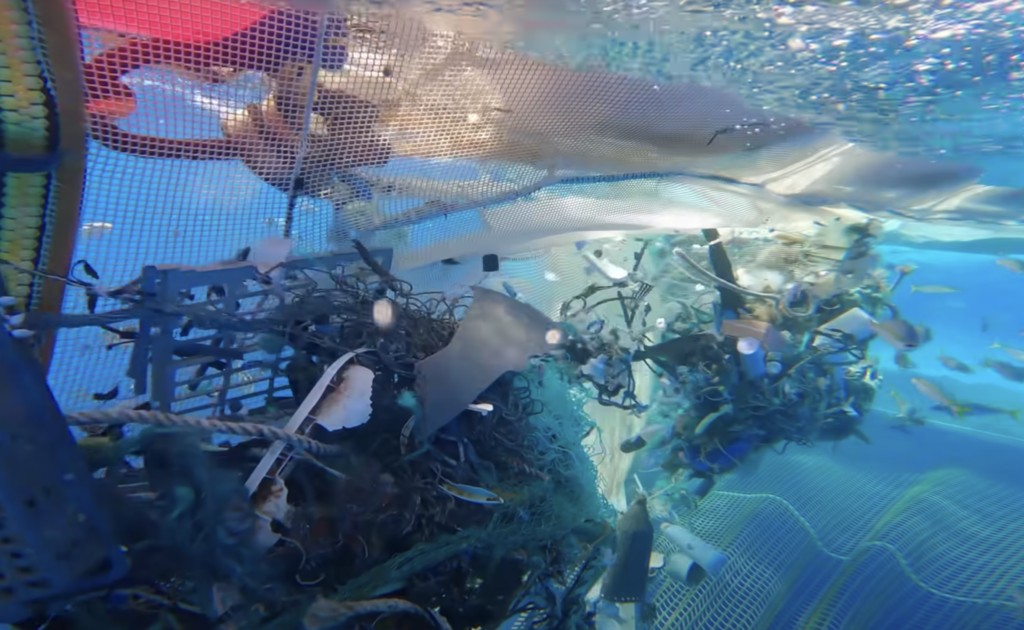
The Ocean Cleanup intends to remain operational with System 002 until it’s developed and deployed System 003, which at a length of 2.5km (1.5 miles) is expected to be three times larger, and will incorporate some insights collected from the System 002 test campaign. The organisation will continue environmental monitoring and data collection with all carbon emissions from the System 002 campaign being offset with the aim of reaching carbon neutrality. Additionally, in collaboration with Maersk, The Ocean Cleanup says it is experimenting with low-carbon fuels for support vessels.
“We are proud to support The Ocean Cleanup with offshore and logistics services and expertise as our long-term partnership reaches a significant milestone with the success of the first large-scale clean-up system returning to port with trash collected,” says Mette Refshauge, VP corporate communications & sustainability at A.P. Moller – Maersk.
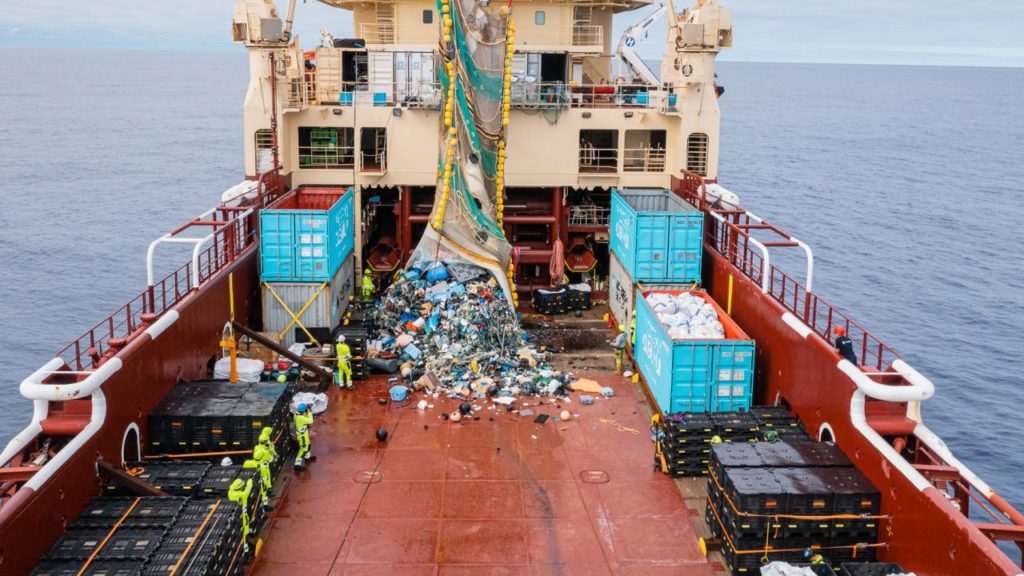
“The health of our oceans is vital to ensure a healthy planet and environment for future generations, and we stay committed to doing our part to protect the oceans and its ecosystems.”
The design of System 003 is expected to be the blueprint from which the organisation can develop a fleet of systems for cleaning the oceans. Based on findings from previous test campaigns, The Ocean Cleanup expects to deploy a fleet of ten systems capable of reducing 50% of the gyre every five years. Meanwhile, its efforts to stop plastic from entering the ocean via rivers will continue with new Interceptor projects planned to begin this year and next.
After fleets of The Ocean Cleanup systems are deployed into every ocean gyre, combined with source reduction, The Ocean Cleanup projects it will be able to remove 90 per cent of ocean plastic by 2040.


